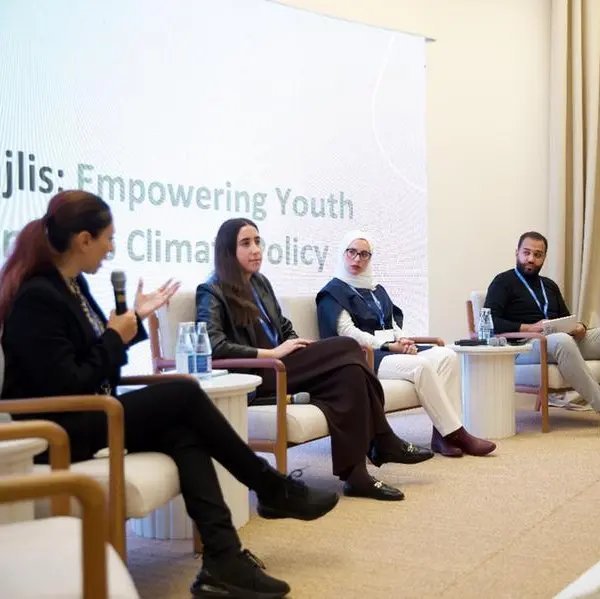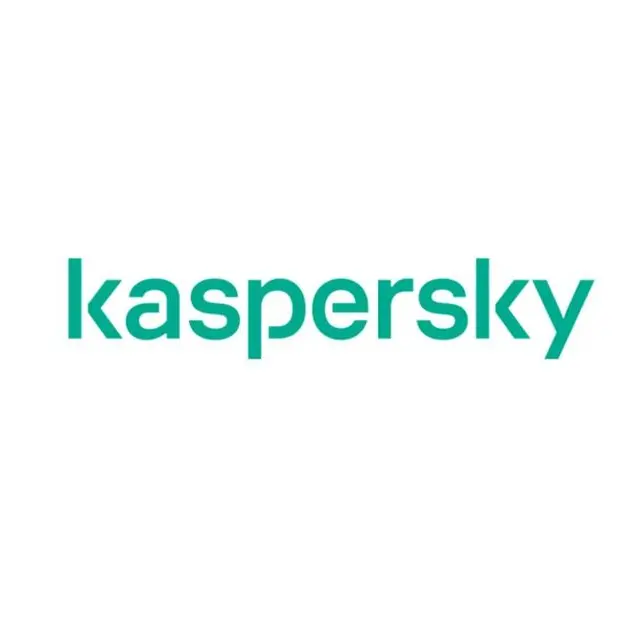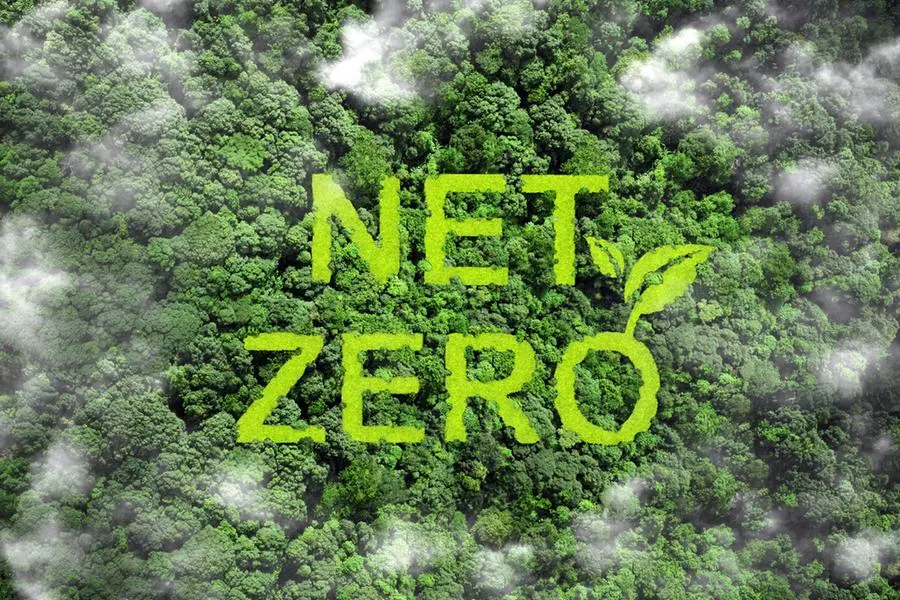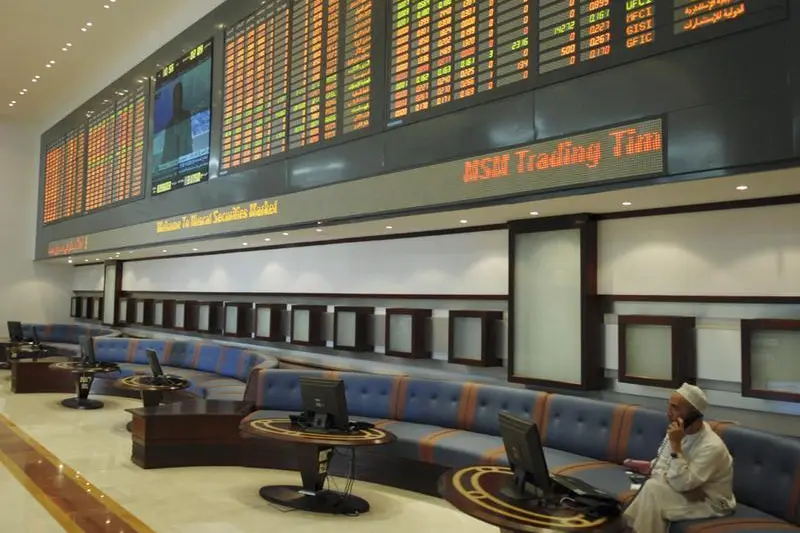Fitch Ratings-Dubai: The pricing of most comparable sukuk and bonds continued to be highly correlated in 2022 despite market volatilities such as rising rates and geopolitical challenges, Fitch Ratings says. However, there were cases of bond prices falling more than comparable sukuk. This stems from sukuk being less liquid than bonds in general, owing to the buy-and-hold nature of most sukuk investors, which are mainly Islamic banks. We expect this trend to continue in 2023. However, the liquidity profile of most Islamic banks in the GCC generally remain intact.
Fitch analysed the pricing of 40 comparable sukuk and bonds issued by the same obligors from the GCC, Malaysia, Indonesia and Turkiye. During normal market conditions, their yield-to-maturity are strongly correlated. For instance, between 2018 and 2022, comparable sukuk and bonds had a pricing correlation of 0.9 on average.
On the back of rising rates in 2022, a sukuk index analysed by Fitch declined by 6.4% over the year. However, it outperformed a broad Emerging Markets Bond Index, which fell by 15.7%. The sukuk outperformance is also supported by the higher weight of oil exporters in the sukuk index.
A sizeable number of sukuk were issued in January and February 2023, including that by Egypt, Dubai Islamic Bank, First Abu Dhabi Bank, and Emirates Islamic, with the issuance pipeline further building up. In 2022, sukuk issuance from the core markets of the GCC, Malaysia, Indonesia, Turkiye and Pakistan (including multilaterals) fell by 7.9% to USD244.3 billion. This was due to higher oil prices, rising rates and geopolitical drivers. However, it outpaced bond issuance in core markets, which fell 22.1%.
Most Fitch-rated sukuk continued to be investment grade at 78.1%, with 20.6% of issuers having a Positive Outlook, and 69.9% having a Stable Outlook at end-2022.
Sukuk are also a significant part of the emerging-market debt issuance (excluding China), with its share reaching 6.5% (2021: 6.6%). Key sukuk-issuing jurisdictions are sizeable emerging markets, with their bonds and sukuk forming 20% of all emerging-market issuances (excluding China) in 2022.
Most Fitch-rated sukuk continue to be senior unsecured obligations of the issuer, and rank pari passu with other senior unsecured obligations, including bonds. However, unlike conventional bonds, most Fitch-rated sukuk issued in 2021–2022 have an additional ‘tangibility event’ clause in the documents linked to compliance with AAOIFI sharia standards which adds to the product complexity. Sukuk investors may have an advantage over bond investors in their right to exercise a put option following a tangibility event. However, this remains untested in practice. There is uncertainty about future changes in sukuk documentation.
The medium- to long-term outlook for sukuk issuance is positive amid intact Islamic investor demand, issuer refinancing needs and government support in core markets.
-Ends-
Matt Pearson
Communications Associate, Corporate Communications
Fitch Group
30 North Colonnade
London
E14 5GN
E: matthew.pearson@thefitchgroup.com


















